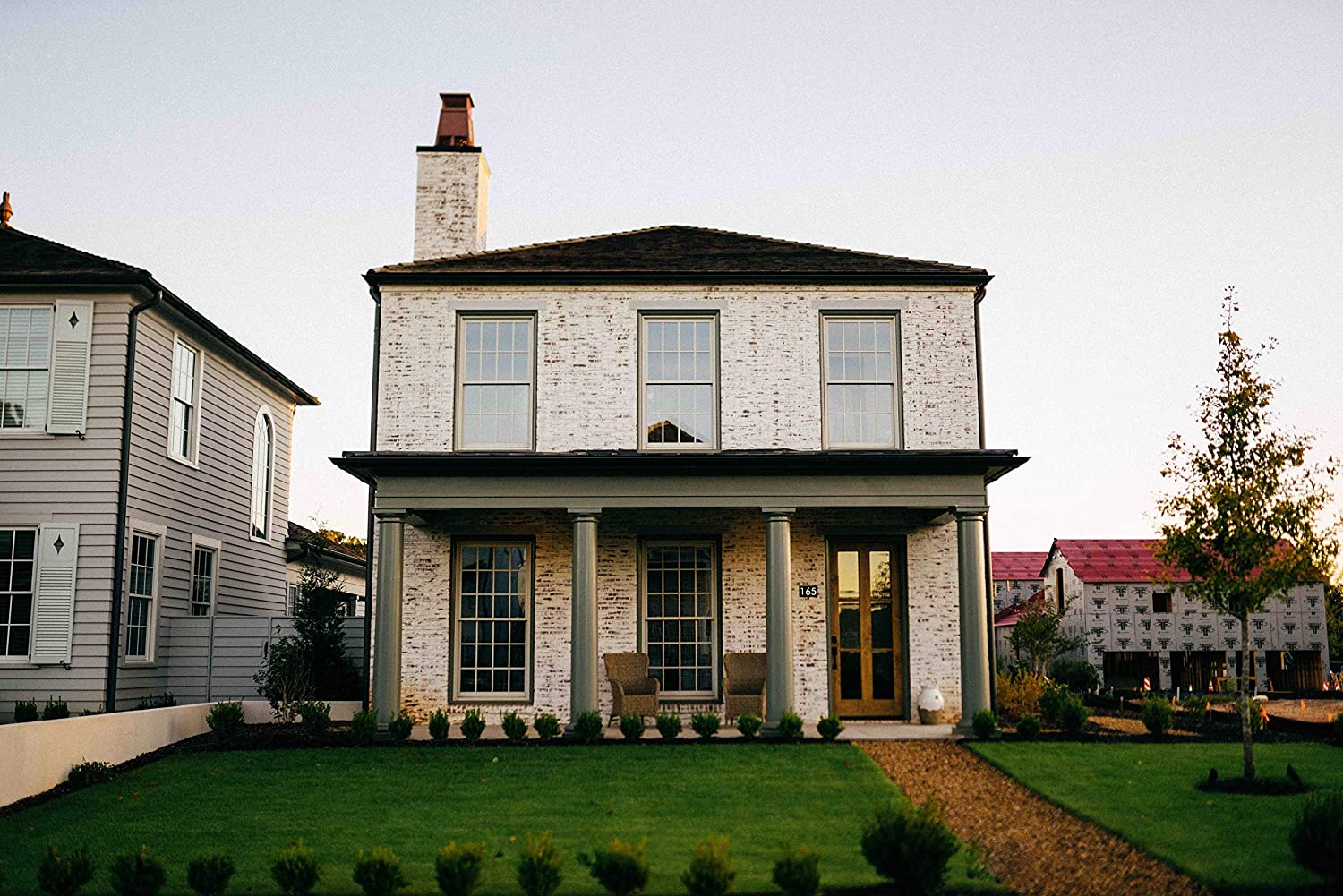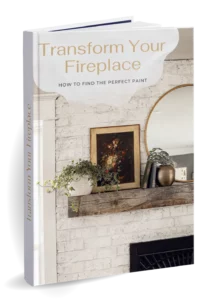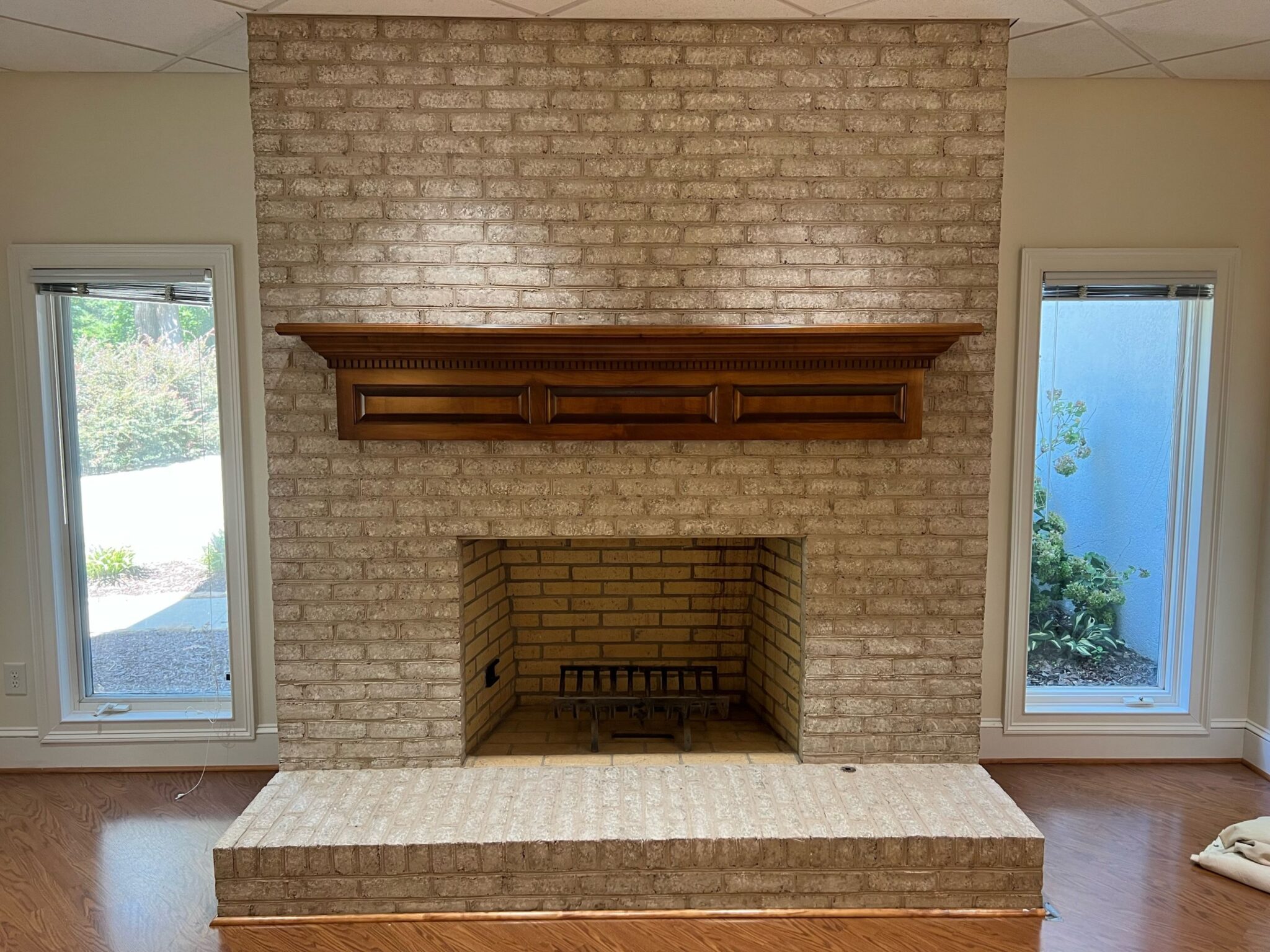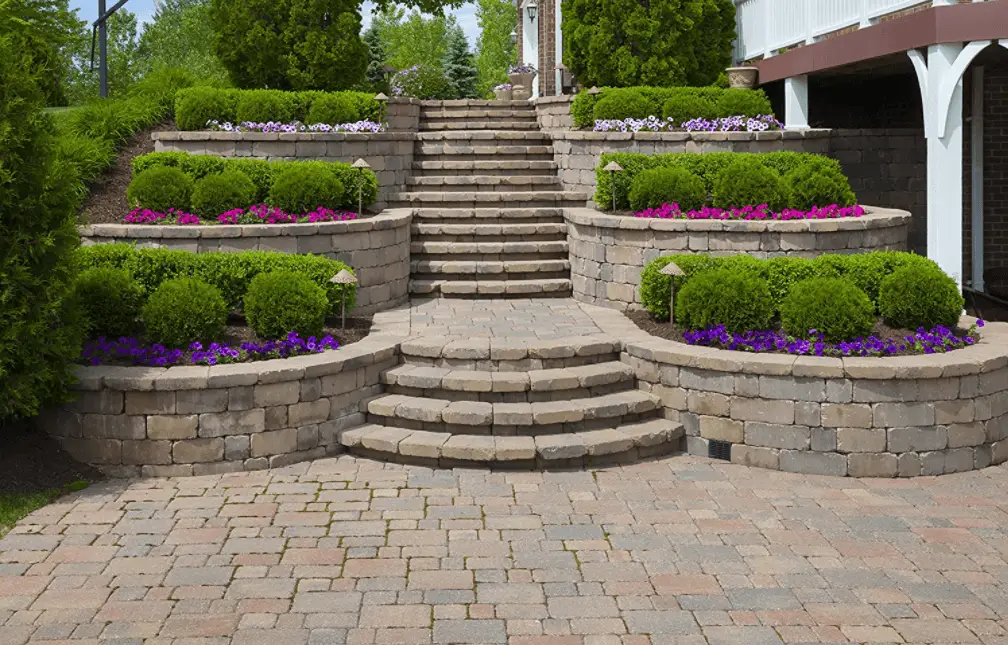Slaked lime has been used for centuries to create paints and washes for brick, stone, wood, and other porous materials. In today’s market you’ll find a variety of lime products. Let’s look at what each is and what they’re designed for.
Lime Wash Paste
Page Contents
Lime wash pastes were designed as an efficient way to distribute large amounts of limewash to a buyer. The pastes have a traditional formulation with slaked lime and natural pigments and are aged to give them their characteristic finish.
When you’re ready, you mix the paste with water to your desired consistency and apply. These lime wash pastes are typically designed for use on natural brick or stone. The lime wash will calcify to the masonry while allowing the masonry to breathe.
“Breathing” in this sense means that the moisture all masonry naturally absorbs will evaporate. Other finishes like latex paint do not allow water to evaporate, which will weaken the masonry and destroy the paint.
Romabio is the number one seller of lime wash pastes. The product is manufactured in Italy and gives a beautiful, old-world finish to brick and stone, and you can choose between multiple neutral colors.
Lime Paint
Lime paint is typically designed for interior use and will come in a can just like any other interior latex paint. However, lime paint and latex paints are completely different.
Perhaps the most important difference is that lime paints are formulated with natural pigments and ingredients. Lime paints are completely VOC free, making them a popular choice for nurseries and children’s playrooms.
Lime paint is typically designed for interior use and will come in a can just like any other interior latex paint. However, lime paint and latex paints are completely different.
Perhaps the most important difference is that lime paints are formulated with natural pigments and ingredients. Lime paints are completely VOC free, making them a popular choice for nurseries and children’s playrooms.
Lime paints come in a variety of beautiful colors, and can be used on a variety of surfaces including exterior and interior masonry, interior walls, and other surfaces. Each paint manufacturer will have slightly more specific lists of what the paint should be used for.
The surface this paint is applied to will breathe, preserving the strength of the wood or masonry. Plus, the paint only looks better as it ages.
Another important difference between lime paint and other wall paints is the finish. While a latex paint is uniform in color and will come in a variety of sheens (e.g. matte, eggshell, satin, etc.), lime paint has subtle color movements and a velvety finish.
The velvety finish gives a space a soft and welcoming ambiance and the natural color variation is really unique and beautiful. You have some control over the strength of the color variation based on the application technique you use.
You can purchase lime paint from a couple manufacturers like Color Atelier and Vasari.
Lime paints and pastes are relatively similar in formulation. However, there are small differences making each more suitable for their individual applications. To cover the exterior of a home, a lime paste will be more suitable. It comes in a concentrated form, and you can choose the dilution of the paste to find the perfect finish.
In the interior of your home, a lime paint will be more suitable. You’ll have more colors to choose from, and it will come premixed to the perfect consistency for painting.
Hydrated Lime
Hydrated lime is a slaked lime powder. Typically, it’s mixed with salt and water to form a basic lime wash. This can be colored with various natural pigments as well.
Simple lime wash made with slaked lime can be used on any unfinished porous surface like brick, stone, or wood. The lime wash will finish the surface without sealing it, which allows the surface to breathe.
Lime wash made this way has no VOCs so it’s safe for pets and people. Lime wash is also antimicrobial, antifungal, and an insecticide. This makes it a popular choice for chicken coops, treehouses, and other raw wood, outdoor applications.
While you may be able to find small amounts of hydrated lime at local stores, it will be much cheaper to buy in bulk online.
The key differences between this product and lime paints and putties is (1) price and (2) the aging and lack thereof. Buying hydrated lime in bulk is incredibly affordable. It’s often used in industrial applications.
Lime wash made with hydrated lime usually isn’t aged like lime paints and pastes so it won’t give the same finish. Again, this makes it more suitable for industrial applications especially in the farming and agricultural industries. However, lime wash from hydrated lime does have its place in residential and private use.
Liming Wax
Liming wax is in a category all on it’s own. While there are a variety of formulations, it is essentially slaked lime mixed with a waxy substance or substances. It’s used to give a weathered, beachy finish to furniture.
The liming wax is designed to sit in the wood grain but not on top of it. It dries white and really helps the grain of the wood to stand out. It gives a bleached effect without harsh chemicals.
Final Thoughts
While lime products are all somewhat similar, they each have an individual purpose they’re most suited for.
If you have any questions or have an experience with lime products you’d like to share, leave us a comment! If you found this article helpful, consider signing up for our email list where you’ll be notified of new content and given access to special promotions.





